Many companies fear that working on their web site will be like changing a tire in the middle of a takeoff roll. Their business is moving SO fast, and any change causes disruption.
We get it. Because we’re running a business, too!
In this video, John and I talk through our Website Refresh process.
We’re in the middle of a global pandemic, and many aviation companies are struggling. We’re also thinking about how we’re going to adapt and innovate as an industry.
Many aviation companies who traditionally do business in person and at trade shows are finding that their aviation web site, which used to be kind of an afterthought, could serve a larger role in their marketing and sales process.
And they’re taking advantage of new techniques and technologies to do it.
We walk through the process we use to evaluate, design, build, test and launch a new web site for an aviation client.
Paula Williams:
Welcome to this week’s episode. I’m Paula Williams.
John Williams:
I’m John Williams.
Paula Williams:
We are ABCI and ABCI’s mission is …
John Williams:
To help all you ladies and gentlemen out there in the aviation world to sell more products and services.
Paula Williams:
Absolutely. Today we’re going to talk about our aviation website refresh process, which is, I think, the best website refresh process done by anybody anywhere.
John Williams:
Wow.
Paula Williams:
Well, of course I would think that because we’ve been refining it, every time we see someone that we think is doing a better job, we add something to our process to make sure that we’ve got the best one. Of course, we work only with aviation companies, so this is particular to this industry as well.
John Williams:
Since we’ve done so many of them now, we actually added another person to make sure that it’s done right.
Paula Williams:
Exactly. All right. We have talked in several episodes up to this point about the things that your website should do for you and those things are, get found using specific keywords, educate prospective buyers and get prospects to contact you. Those are the things that we’re going to be focused on. There’s a million things that your website can do, take people’s money-
John Williams:
Probably should, based on your business and service.
Paula Williams:
Some people are doing catalogs, they’re doing databases, they’re doing applications that are behind-the-scenes of their website. They’re doing all kinds of things that are connections to your website or from your website. All of those things are our possibilities as well. But if your website doesn’t do these three things, then it’s not doing its job from a marketing perspective by any stretch of the imagination.
John Williams:
Which is one of the things it’s supposed to do.
Paula Williams:
Exactly. The first step in our process is a consultation and we do free consultations. We use Zoom videoconferencing for this, and we record the meeting so we don’t ever have t ask you the same thing twice.
If you’re concerned about the state of your website and if you’ve been wringing your hands for months wondering, “How do we even get into this?” We’ve actually had situations where people can’t even get into their old website and we’ve had to do some work to figure out how to make that happen or do we want to just replicate what you have if there’s anything good in there and go forward from that point? Or, perhaps your website is just fine and it needs a little bit of a-
John Williams:
Touch up.
Paula Williams:
… aesthetic touch up just to make it look more modern. It could be that the content is really good, it just needs an update in technology. That’s our first step is to do a nice in-depth look at your website with you and find out if we can help and if so, if it would be worth doing a website refresh.
John Williams:
We don’t break anything that’s working.
Paula Williams:
Exactly. What is the rule number one of doctors that have Hippocratic oath, “Do no harm.”
John Williams:
That’s right.
Paula Williams:
Right. Second thing is an agreement and the agreement is pretty simple. You own the intellectual property, you own your website. If we ever decide to part ways then you take your website with you, we give you a copy of it and everything else that we have built for you is your intellectual property. Also, in that agreement is basically just the terms and scope of what we’re deciding to do.
John Williams:
Exactly. You might want to use it like we are using some of these here.
Paula Williams:
Exactly, in some of our lectures, webinars, public speaking, other kinds of things.
John Williams:
Basically giving you more PR.
Paula Williams:
More exposure and so on and most of our clients love that, which is great. You’re in the business of marketing a product or service anyway, so this is a good thing.
Paula Williams:
All right, next thing is what we call our 31 Point Checklist. What that is we used some industry best practices in aviation and some industry best practices that we learned from other industries. John and I both come from the finance industry years ago. I did some time in the education industry, education software. We have some perspectives that we’re bringing and best practices from other industries as well. Then we also use Dr. Jakob Nielsen’s eye-tracking as a basis for some of the items in our checklist.
Paula Williams:
Basically he did a lot of research. This is really interesting. He tracked people’s eyes as they were using websites and he used some kind of technology to do this and I don’t know what it was. I don’t know if he hooked them up to the Borg or whatever it is that he did, but he basically timed every interaction and then also watched where people’s eyes went and where their mouse went and based on that he came up with some best practices of people always look for the search in the upper right hand corner. That is just something that people do. For what reason, we don’t know. We don’t care, but we do know that that is where people expect to find certain things, so we want to make sure that we’re using those best practices. Right?
John Williams:
Absolutely.
Paula Williams:
Another thing that we find out with the 31 Point Checklist is a lot of times you’ll have some really great content in your website that nobody is seeing, which is tragic. Stuff that you’ve worked really hard on and is really good stuff and it’s buried in there and nobody’s ever going to find it because it’s not getting indexed or it’s just buried or it’s hard to find.
John Williams:
We fix that.
Paula Williams:
We fix that, but we find it first using the 31 Point Checklist. All right?
John Williams:
Yep.
Paula Williams:
All right. Next thing we do is we copy your old website.
John Williams:
Interjection-
Paula Williams:
Yes.
John Williams:
It’s not your audio, it’s my voice. I’m sometimes squeaky right now. It’s always a …
Paula Williams:
Is this a second adolescence or something?
John Williams:
I have no idea.
Paula Williams:
That’s cool. All right. Well we all have our issues, right?
John Williams:
Issue, huh?
Paula Williams:
Yeah. If you’re wondering why I’m standing funny it’s because my leg is broken so we’re …
John Williams:
I wasn’t going to say anything, but since you brought it up.
Paula Williams:
I know. This is hysterical. We went skateboarding, right? Anyway, it’s a long, long story, but very funny.
John Williams:
Skateboarding’s actually become a lot of fun.
Paula Williams:
Yeah, exactly. But not fun that particular day and so I’m standing a little weird. But anyway, we’ll make it work. Copy your old website, what we do is we take your website and we put it on a staging server that has a goofy URL that only you and we, you and our team know where it is so that we can all look at it while it’s in development.
Paula Williams:
This does some interesting things because a lot of people don’t want to see the sausage being made, but a lot of people do. They want to see the different stages that things go through and want to be able to approve every little pixel and things like that. Different clients have different levels of interest.
John Williams:
We can accommodate, no matter.
Paula Williams:
Different levels of interest in different parts of the process. We make, first of all, pretty much a duplicate of your old website and then we take what we learned from that 31 Point Checklist and whatever you wanted to update that we learned in your consultation. We take those two things, put them together and say, “These are the things that we want to update about your website.” Then of course we also update the technology. We always use WordPress because it is the most used, the easiest to update, the most updated website technology on the web.
John Williams:
Last time I checked 70% of the websites according to somebody, Google I think, use WordPress.
Paula Williams:
That’s right. It’s what we call a content management system, which means depending on … Some clients want us to handle everything with their website, some clients want us to hand them the keys and let them make updates and things like that, add blog posts, change the dates of things and so on. That technology allows multiple users to have different levels of access and that really helps us manage that-
John Williams:
[crosstalk 00:00:08:44]-
Paula Williams:
… the way you want to manage your website. Second thing is we update the content. In this case we’re going to be probably adding some videos, maybe switching out some text for video just to make the technology more modern-
John Williams:
Current.
Paula Williams:
… and current. We’re going to be updating your search engine optimization. You may have some great content on there, but maybe switching some words is going to help you get found more easily. There’s a lot of things that we can do with that content. There’s probably a lot of things that have evolved about your company since the last time you had your website done. Those are things that we update at that time.
Paula Williams:
We’re going to add features, things like chatbots, things like videos, things like testimonials, carousels, sliders, lots of different things that present your information in the most efficient and elegant way is going to represent you really well. If you have appointments, calendars, if you have forms, any of those things we add.
John Williams:
Standard with this process is, what’s the word, where it’ll go on a iPad and iPhone?
Paula Williams:
Oh yeah, responsive.
John Williams:
Responsive.
Paula Williams:
Responsive design. All of the WordPress themes that we use adapt automatically-
John Williams:
To the size of the device.
Paula Williams:
… to the size of the device and then we also use some technology to make sure that your images are sized correctly for whatever device you’re using. It’s going to look good on … This is really important actually because Google started penalizing websites that don’t look good on a mobile device. Really important to make sure that we’re using responsive technology. Then one nice thing about WordPress is it’s really easy to update every time Google makes a change. Usually, WordPress is not far behind in implementing a change in the next version.
John Williams:
If you get a broken link somewhere on the website and it’s used multiple times, you can change it once and it’s changes [inaudible 00:11:01]-
Paula Williams:
Everywhere. It’s fabulous. Much easier for us, much easier for you.
Paula Williams:
All right. Then, of course, we test and review everything on this copy of the website that nobody sees except for us and you on this private server. We can spend as much time as we need going back and forth and making sure that everything is exactly the way that you want. Couple of things about this, this is a collaborative process. You know your company, you know your products and you know your customers better than anybody else because you have spent years, in most cases, doing this. We cannot possibly have that level of knowledge that you do. Of course we pride ourselves on the fact that we know the aviation industry and we’ll be able to make some good suggestions, but you have the final say in everything and in a lot of cases we’re going to be relying on you to make really good decisions with this.
John Williams:
Yep, you’ll look at it and you’ll say, “Yes,” or, “Absolutely not.”
Paula Williams:
Right. Exactly. We may go a few rounds of, “This isn’t what we wanted. Here’s some different wording. Our customers don’t talk that way. This is the way that they think about this process or this product.” So, there’s going to be some back and forth and the more involved that you are, the happier you’re going to be with the end product.
John Williams:
Exactly.
Paula Williams:
Another thing that happens in this process, since it is so collaborative, is mood swings. We’re all going to be excited when we get started on the project. We’re all going to have really big ideas. We’re all going to have some thoughts about what’s going to go right and what’s … and so on. The fact that you get to see every stage of this process means that you’re going to see some stuff that you don’t like and you’re going to see some stuff that is …
John Williams:
But you may like it after the next step.
Paula Williams:
Exactly. There is a point that comes in every website development project, usually just before launch, where it’s just we have put in all of this work and we have seen none of the benefit yet, right?
John Williams:
Mm-hmm (affirmative).
Paula Williams:
That is just a natural part of the process and the more involved you are and the more emotionally invested you are in your company, the more these mood swings are going to happen. We totally get that. We ride through it with you and the main thing is you end up happy, right?
John Williams:
Of course.
Paula Williams:
Next step is launch. This is the fun part. This is where we start to see all of that hard work come to fruition. Every launch is different because every starting point is different. Some websites it’s just a small touch-up, some websites it’s a complete burn it to the ground and start over. Then we measure what is the impact of what we just did? This is a tool called SEMrush that shows a 90-day window of some improvement on a new website. You can see these are keywords, keyword rankings. In this case, one to threes are yellow, so we want to see more yellow. Four to 10s are the light blue, darker blue, darker blue, darker blue, darker blue.
Paula Williams:
One to three means when someone types “aviation marketing” into Google, we want to come up number one and we do right now-
John Williams:
Still?
Paula Williams:
… which is cool. Yes, we do.
John Williams:
Wow.

Paula Williams:
Those yellow things are really what we want to see more of and over time with your new website, you’re going to see more of that yellow on your SEMrush chart, which is cool. This is one that is at a certain stage of development after launch, launching in, actually I think we launched this way before December, so you don’t see that dramatic of a curve. This is another one that shows the progress over time and you can see there some ups and downs but for the most part it is there they go up, right?
John Williams:
Yep.
Paula Williams:
It’s pretty consistent that that happens. This one is showing traffic rather than a search engine position for particular keywords. This is the organic versus paid traffic. This is all organic traffic because you can see it’s a blue line. This is showing the history of the world for the Delta Engineering site.
John Williams:
We monitor and measure this stuff nine ways from Sunday.
Paula Williams:
We use at least two tools to measure your website traffic because one of them may be off. So, you never rely on one thing. Just like when you’re flying, you never rely on one set of instruments. You always have a backup. That is all very important.
Paula Williams:
Once we’ve developed a site and launched it for you, as long as you’re working with us and you’re in our marketing lab or using one of our content subscriptions or anything along those lines, you get a complete set of reports every month electronically and also on paper if you’re in the United States. Because most of our decision makers still like to see things on paper and still think better on paper than we do in electrons. Then you can see the progress over time as your website evolves and is getting more traffic. All right.
Paula Williams:
The three things we concentrate on in every website we work on, there’s a lot of things beyond this that are different for every website-
John Williams:
Oh, heavens yes.
Paula Williams:
… but these are the three that are true for every single one of them as the old timer’s three-bladed knife, get found for specific keywords, educate prospective buyers and get prospects to contact you. Those are the three goals we have for every website we build.
John Williams:
Yep.
Paula Williams:
All right. If you book a website refresh with us before March 31st, not April Fool’s Day, but the day before April Fool’s Day, we will include three free promo videos. What I mean by three free promo videos, these are short videos, usually less than two minutes, that are built from either your raw footage, excuse me, which you can shoot with your iPhone or whatever, and we can give you some suggestions about how to make that better, slides, animations, our stock footage, our stock video footage and other kinds of things. If we use any combination of those things, it’s free.
John Williams:
Does that include Prezi?
Paula Williams:
Yeah, sure. Prezi, Visio, PowerPoint, Doodly, any of those things we will use for you to create these promo videos, whatever the best tool is for the job. If you want a video crew, you know that’s available as well. If you want video shot on-site at your location at an additional charge.
John Williams:
Optional additional costs.
Paula Williams:
Exactly. But we can do a lot with that stock photography and slides and other kinds of things.
John Williams:
Oh, yeah.
Paula Williams:
Three free promo videos, you can use those either as product demos, happy customer interviews. You can use those for an intro for your homepage. You can use those as a concept explainer. There’s lots of things that you can do with it, with a two-minute video that are really, really powerful these days.
John Williams:
Cool.
Paula Williams:
All right, so book your website refresh before March 31st and you get those three promo videos that we will include on your website and you can also use them on social media and anywhere else you like.
John Williams:
Exactly.
Paula Williams:
All right. Thank you for joining us. Have a great day.
John Williams:
We’ll see you next time around.
Other articles about Aviation Web Design:
ABCI Responsive Web Design Process
Aviation Website Not Attracting Customers
How to Get Attention on the Web
Best Aviation Websites for Marketing
Aviation Website Design – What Works?
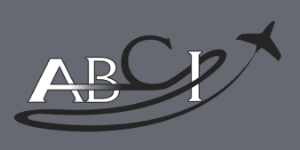


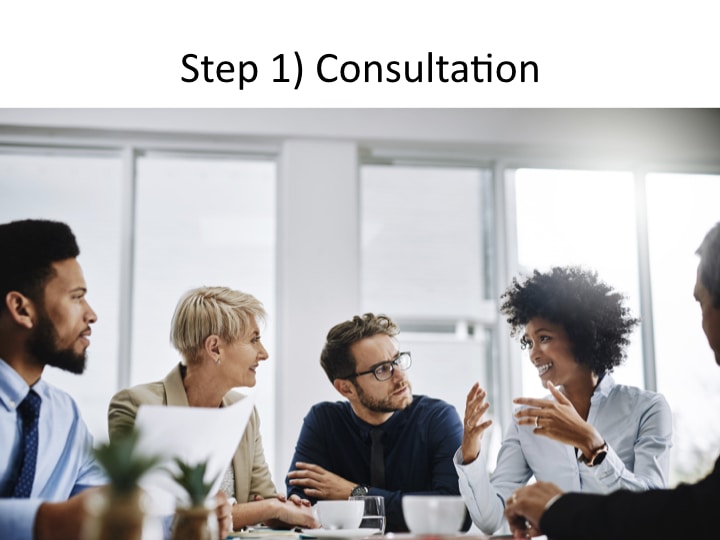

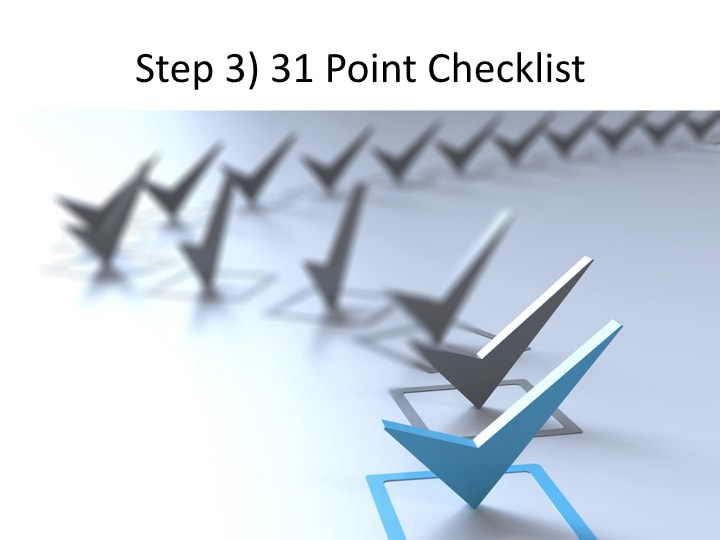

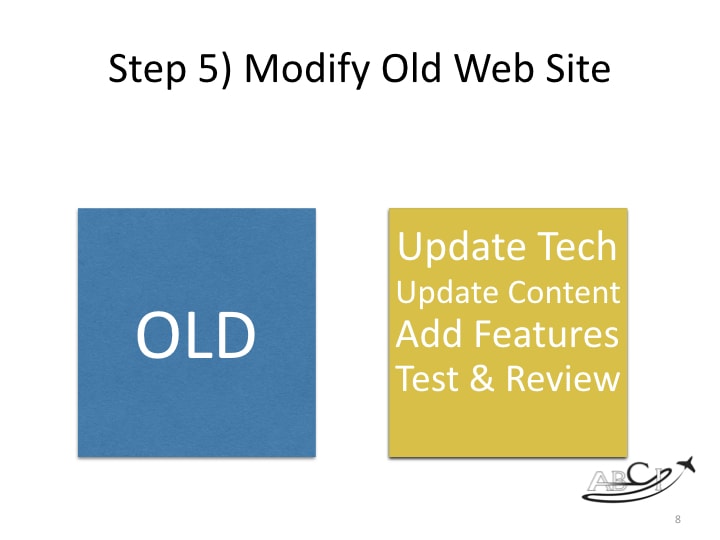
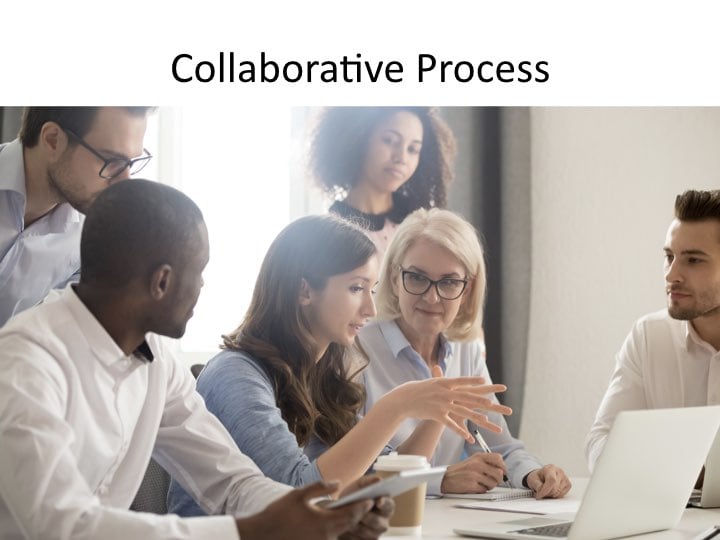


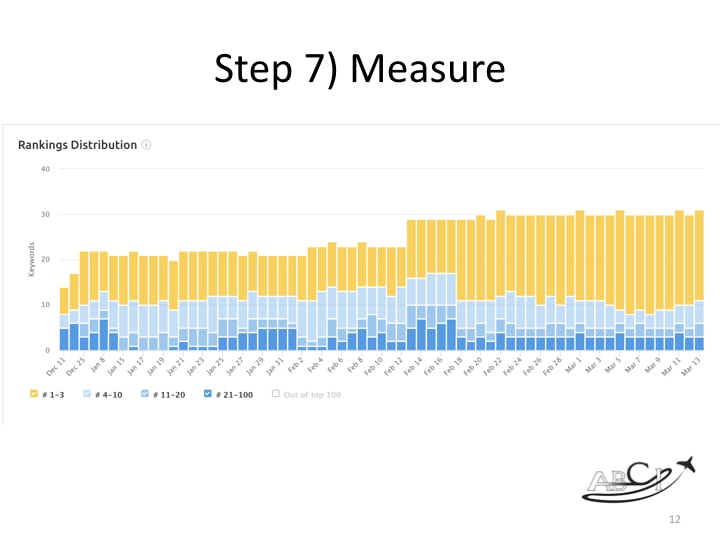





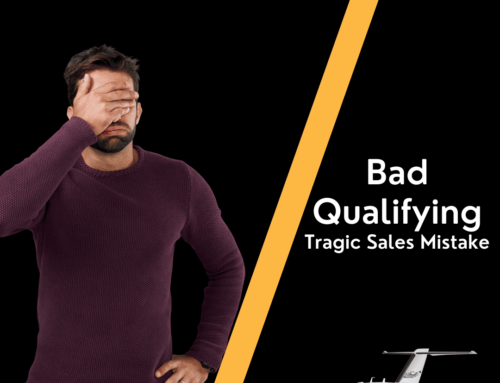



Leave A Comment